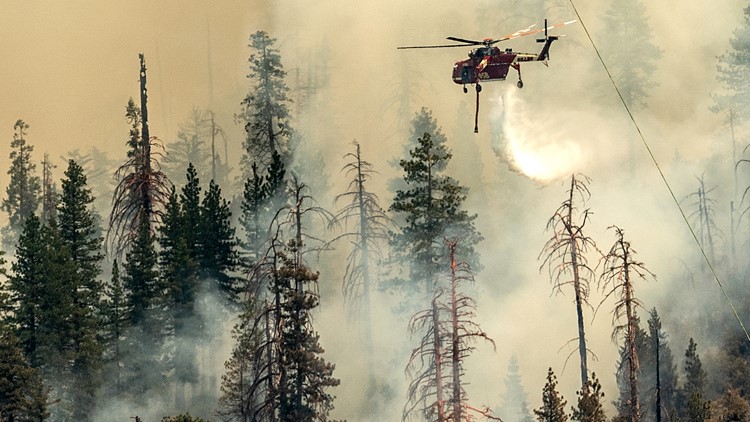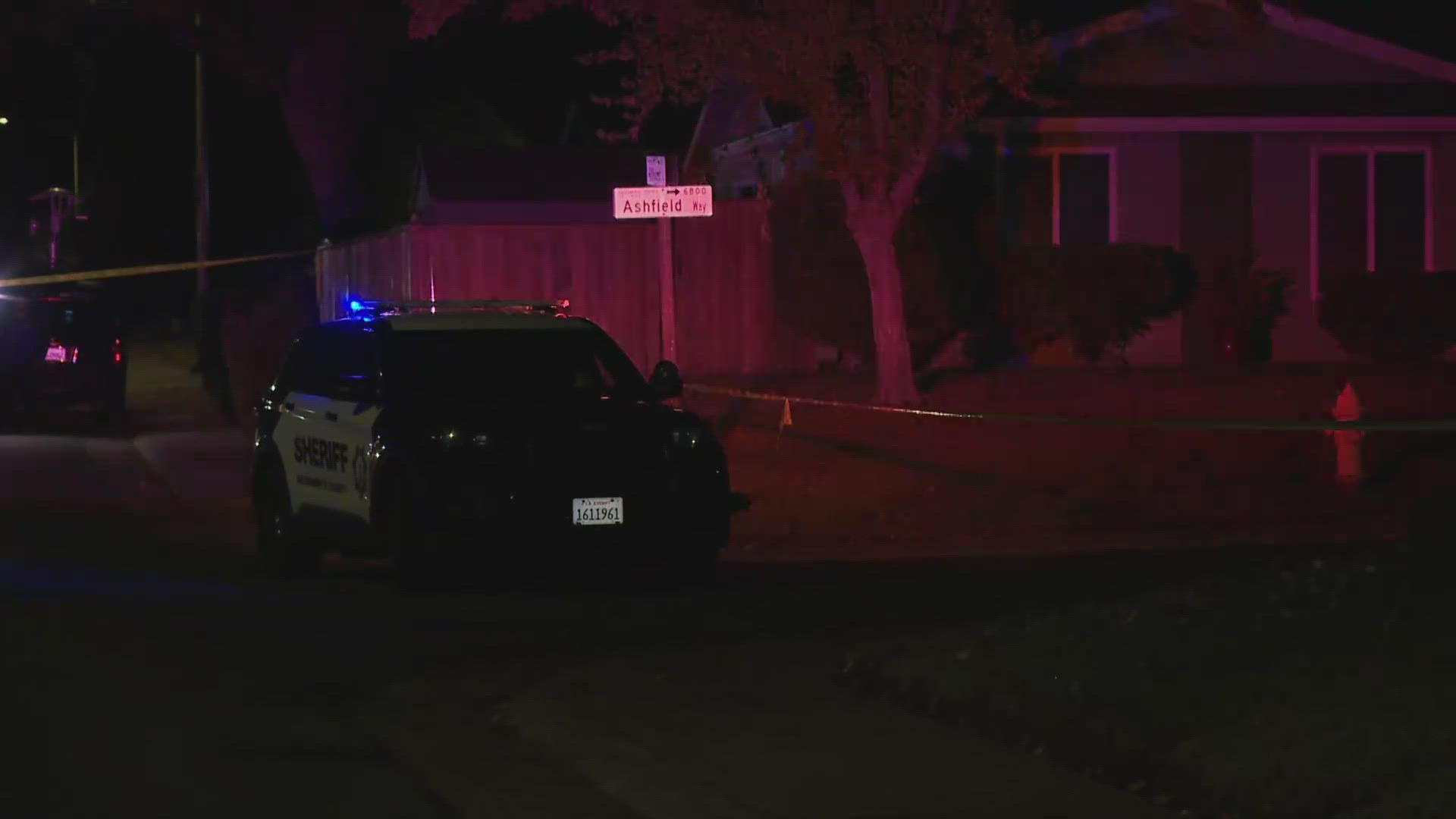WASHINGTON — As natural disasters and extreme weather worsen with climate change, the federal government is making more support available to communities that need to become more resilient.
Across all 50 states and the District of Columbia, the Federal Emergency Management Agency (FEMA) designated 483 areas as Community Disaster Resilience Zones, areas that are underserved and most at risk of disaster because of the effects of climate change.
There is at least one designated zone in each state, with California, Texas and Florida containing the most, and the designations reflect a variety of coastal, inland, urban, suburban and rural areas.
“These designations will help ensure that the most at-risk communities are able to build resilience against natural hazards and extreme weather events, which are becoming increasingly intense and frequent due to climate change,” FEMA Administrator Deanne Criswell said in a statement.
FEMA made the designations at the direction of Congress after it passed bipartisan legislation known as the Community Disaster Resilience Zones Act in 2022. These areas will be prioritized for federal support for resilience and mitigation projects, like increased cost-share from the federal government to lessen the financial burden on local communities.
To identify the first set of resilience zones, FEMA used the National Risk Index, which looks at 18 different types of natural hazards like flooding, drought, storms and earthquakes. It also considered socioeconomic status and other data from the CDC's Social Vulnerability Index.
More zones will be announced this fall and another set of designations will be made in 12-18 months based on updates to the National Risk Index, FEMA said.



